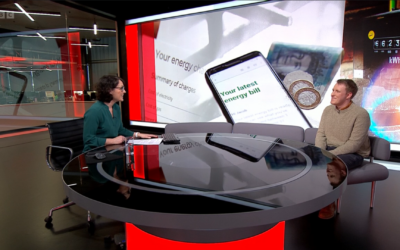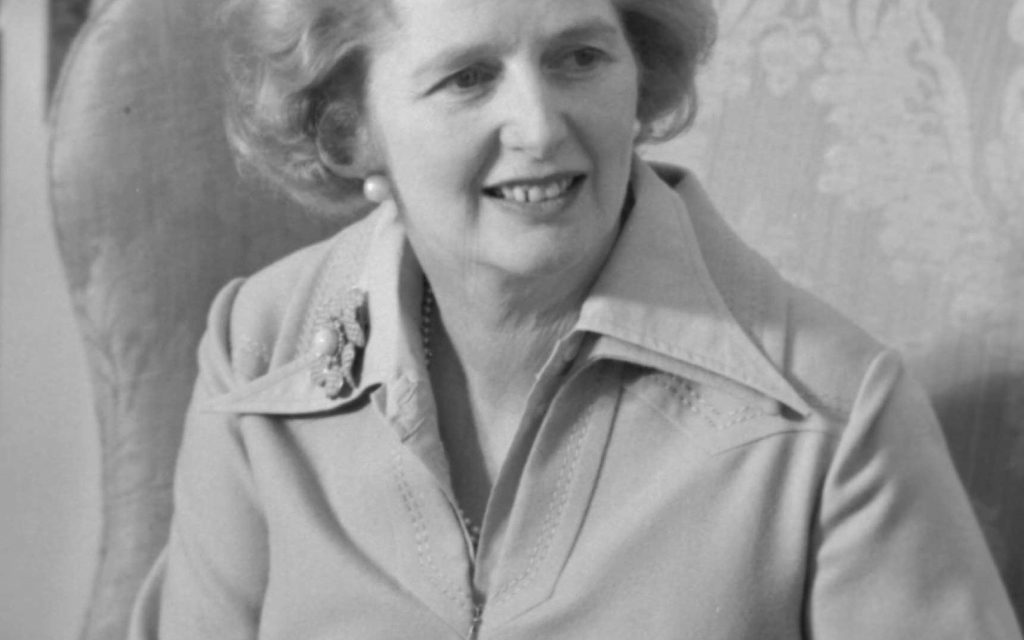 Bevan Foundation
Bevan Foundation 
Wales in 1979, when Margaret Thatcher was elected, was a very different place to 1990, when she stood down, let alone to today.
Art Garfunkel was at number 1 in the charts with Bright Eyes, and Blankety Blank as well as Question Time had just hit the only three TV channels. There were no mobile phones, no PCs, no Internet, no AIDS, no awareness that second-hand smoke causes cancer or IVF treatment, no devolved Welsh government or Welsh Language Act.
Thatcher’s premiership saw unprecedented change. But whether all the changes are down to one PM is another matter.
The most striking changes were in the Welsh economy and labour market. Total employment fell from 1,033,000 people in 1979 to 887,000 in 1984, as one in seven workers in Wales lost their jobs. Employment in manufacturing fell even more sharply as the number of workers dropped by one-third in just five years, down from 315,000 in 1979 to 199,000 in 1985. Today, just 138,000 people work in manufacturing in Wales.
And of course the number of British Coal-owned pits fell from 35 in 1979/80 to just 5 in 1990/91, at the same time as the number of miners fell from 28,000 to 6,000. Unemployment soared, up from 5.3 per cent in 1979 to 13.7% in the mid 1980s, with an even higher rate for male unemployment.
It took more than 20 years for employment in Wales to recover from the early 1980s recession and the subsequent, early 1990s downturn.
In terms of housing, more than 80,000 council houses were sold under Thatcher’s right-to-buy initiative, cutting the stock of council housing by a quarter. New starts of council housing amounted to just 12,000 over the same 10 years. Hardly surprisingly this squeeze on housing resulted in the number of people presenting as homeless doubling between 1979 and 1990. Today, just 16 per cent of the housing stock is rented from social landlords compared with 29 per cent in 1979.
Transport has changed too – British Rail is no more, council-run bus services went the same way while the number of cars on the road has more than doubled since 1979 (up from 726,000 cars and vans licensed to 1,746,000 in 2011). There’s been nothing like an equivalent increase in provision of transport infrastructure.
Whatever you think of these changes, whether it is right to attribute them all to Thatcher is a moot point.
Thatcher was clearly an extremely powerful woman. But she also had a Cabinet of ministers who were at least supposed to take responsibility for many of the areas where there was greatest change, even if she did famously complain she had to do everything in government herself. Most if not all the changes that began in 1979 in fact continued after her resignation through the rest of the 1990s, a mix of global and social trends as well as the result of continuing government policy. Her status as an icon, then and now, should not mask the fact that it was the policies, not just the person, who wrought the changes.
Rather than falling into trap of a personality cult, we would do better to reflect on the policies that the Thatcher and subsequent governments pursued. And there is one very clear lesson. Austerity did not work then, it is not working now and it will not work in the future. The people who pay the price of cuts in public spending are always the people who need it most, those at the bottom of the heap.
Victoria Winckler is Director of the Bevan Foundation.
All statistics for pre-1996 are from the Digest of Welsh Historical Statistics 1974-1996



